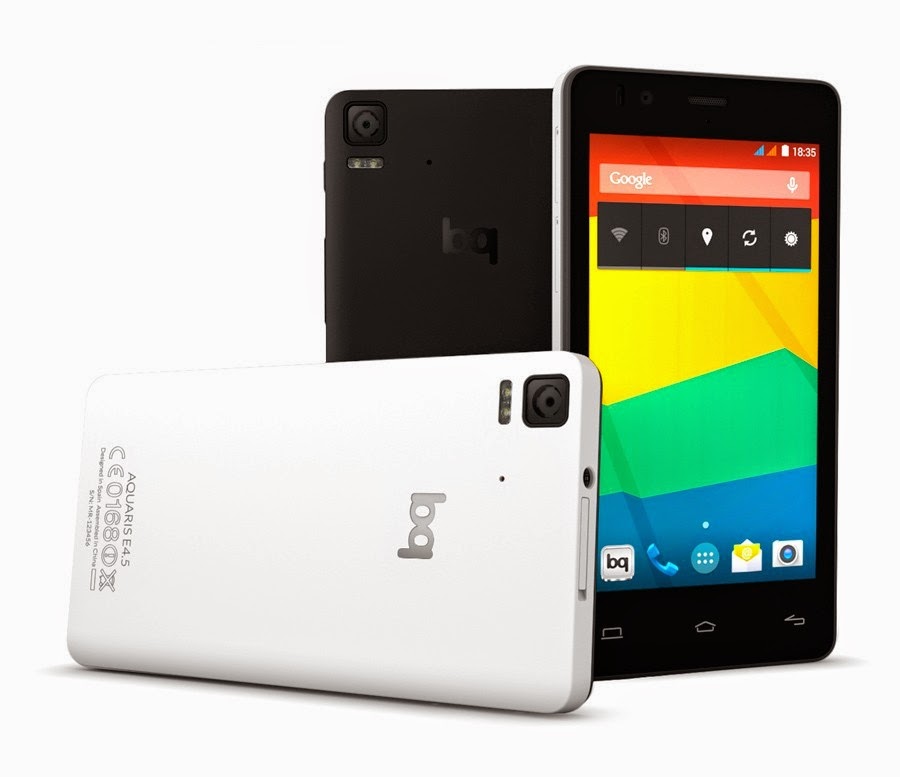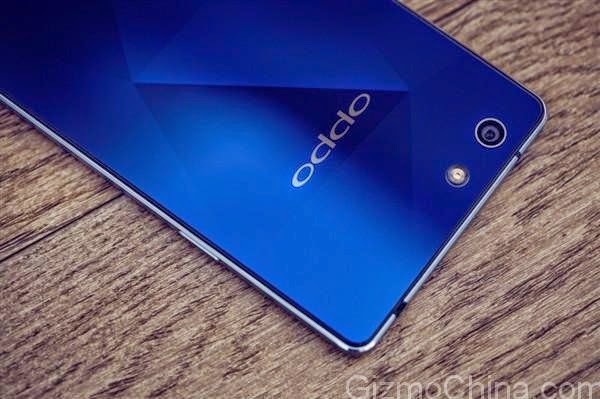We have been following the approach of the new Maxwell-based graphics card from NVIDIA closely, and now we can finally say that the video board is ready to sell, for only $199 / €199.
Early rumors said that we may as well expect something like four hundred dollars / euro or more, but considering what card the GTX 960 will replace, that turned out to be too high. The GTX 960 was made as a replacement for the GeForce GTX 660. And GTX 760, but mostly the GTX 660 because people who bought a GTX 760 last year aren't as likely to want an upgrade so soon after spending that money. More importantly, the performance gain would not be worth it. Even NVIDIA's reps said as much during the conference call of a few days ago. Indeed, while the GTX 960 enables a better performance than 760 by around 10% or so (more if you overclock), the advantage over GTX 660 is of 45% or more.
The specifications of the GTX 960
We may as well get them out of the way. First off, we have the GM206 GPU with 1,023 CUDA cores, 1,127 MHz base clock, 1,178 MHz GPU Boost clock, and 128-bit interface. NVIDIA said that the interface was so small because Maxwell used it very efficiently. There are 2 GB of GDDR5 VRAM, and while NVIDIA isn't commenting on the possibility of 4 GB versions, an OEM or other will likely launch one just on principle. In any case, the clock of the VRAM is of 7 GHz physical, 9.3 GHz effective. As for video connectors, we have a pair of dual-link DVI, one DisplayPort 1.2 and one HDMI 2.0.
Everything runs on a 6-pin power connector, as the TDP (thermal design power) is of 120W. It won't come even close to that limit during normal operation though, which incidentally means you can also overclock it quite a bit despite the power limit.
The special assets of the GeForce GTX 960
DirectX 12 was one of the things that NVIDIA's representatives specified during the presentation. Another technology was the Rasterized Order View, which allows the GPU to work out in advance how to draw polygons and shades. This smooths out 3D video. PhysX, Destruction and Cloth technologies are fully integrated (they're self-explanatory), as are secondary add-on technologies like WaveWorks, Turf Effects, turbulence, ShadowWorks, PhysX Flex, HairWorks and VXGI. VXGI is a global illumination algorithm known as Voxel Cone Tracing. It computes all lighting in a scene, making it realistic enough to seem like it was filmed in real life.
Then there is the Auto-enabled multi-frame sampled anti-aliasing in games, which improves graphics to the point where it looks like you're running 4K on a 1080p monitor. Finally, the efficiency deserves a place of honor. The TDP may be of 120W, but the card won't consume more than 21W in normal operation, and will stay at 31W when in a MOBA game like DOTA or Heroes of Newerth. This allows the fan to stay completely shut off, thus ensuring total silence (unless your CPU cooler is particularly noisy in any case). You can check yourself with EVGA Precision or MSI afterburner.
 |
| NVIDIA launches GeForce GTX 960 |
 |
| Maxwell architecture powers it |
 |
| MFAA supported on more games |
 |
| GTX 960, an overclocker's dream |
 |
| MFAA auto-enabled in GameWorks |
 |
| Play 4K on 1080p display |
 |
| The specs of the GTX 960 |
 |
| The main selling points |
 |
| Performance comparison with GTX 660 |
 |
Efficiency comparison with GTX 660
Images credits to NVIDIA |







 1/28/2015 12:47:00 AM
1/28/2015 12:47:00 AM
 dannzfay
dannzfay
























































